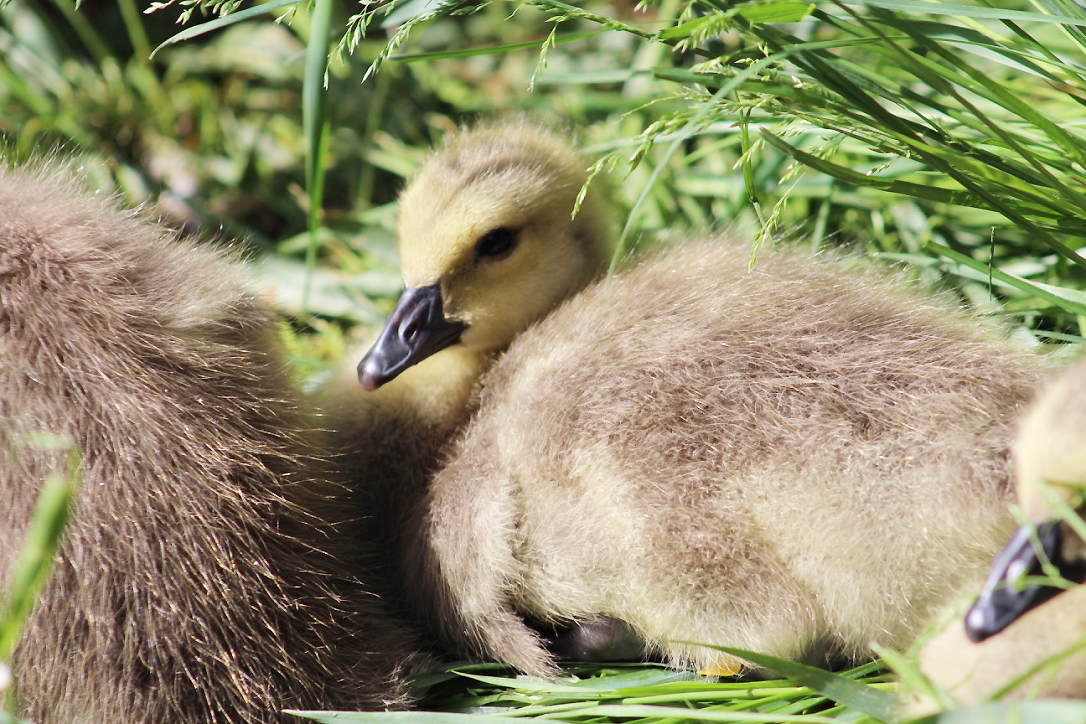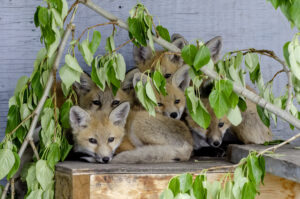As awareness about our organization grows and human-wildlife conflict unfortunately continues to rise, we expect an increase in patients each year. We didn’t expect the increase we are seeing this year though; already in 2016 we have admitted over 700 wild animals. This is an increase of nearly 70% compared to the same time last year.
There are several reasons we attribute to the increase in patient numbers, one being that there is more awareness about our organization. Secondly, the warmer weather has led to wild animals breeding earlier than normal. We admitted our first great horned owl baby (owlet) a month earlier than normal this year.
At AIWC, we experience extreme peak seasons of animal intake and care, despite being open year-round. May through August are our busiest months for animal care, when on any given day we can have 200-300 animals in care. In comparison, from November to February we typically have 20-30 animals in care.
95% of animals are injured or orphaned due to human activities. The most common causes of injury are window strikes, vehicle collision, hitting power lines, barbed wire, fishing line entanglement or ingestion, domestic cat and dog attacks, and exposure to toxins. Often wildlife is orphaned by rescuing of babies who should have been left where they were.
How Can You Help?
- Read our PSAs about what to do if you come across baby wildlife and spread the word.
- Donate to AIWC – with the demand for our services increasing, the cost to operate also increase.
- Donate an item(s) from our wish list.
- Become a member.
- Adopt an animal.
It all comes down to this:
“We don’t own the earth. We are the earth’s caretakers. We take care of it and all the things on it. And when we’re done with it, it should be left better than we found it.” ― Katherine Hannigan, author.






